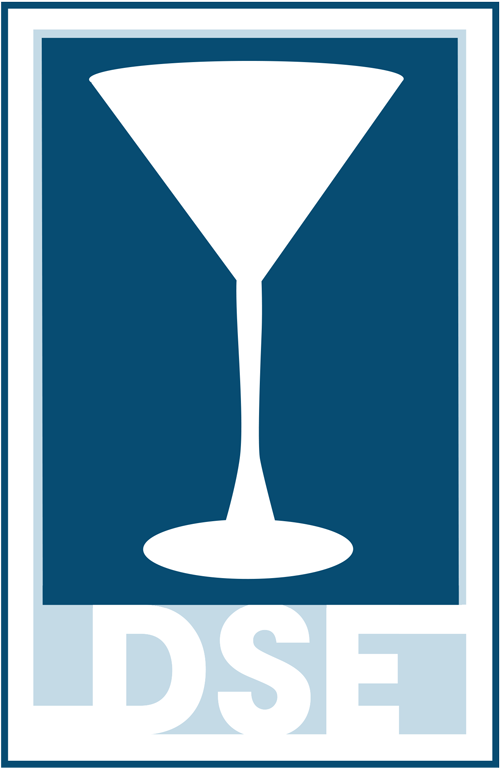MD: Hopkins study: Baltimore liquor stores linked more to violent crime than bars, restaurants
By Amanda Yeager, Reporter
September 26, 2018
Studies have long linked alcohol consumption and crime. New research from the Johns Hopkins School of Public Health suggests that where that alcohol is consumed makes a difference.
Researchers at the school’s Center on Alcohol Marketing and Youth found that liquor, beer and wine stores in Baltimore are more strongly associated with violent crimes than places where alcohol is consumed on-site, like bars and restaurants.
The study, led by Pamela Trangenstein, was published Wednesday in the journal Alcoholism: Clinical and Experimental Research. Trangenstein was a predoctoral fellow at the center at the time of the research.
She and fellow researchers looked at the connection between 1,204 Baltimore businesses where alcohol is sold and violent crimes in the neighborhoods surrounding those businesses between 2012 and 2016. Businesses examined include beer, wine and liquor stores, bars, restaurants and taverns — which sell alcohol on-site and for off-premise consumption — and the study accounted for factors such as drug arrests, income and poverty.
Researchers found that for every 10 percent increase in access to a business that sells alcohol, there was a 4.2 percent rise in violent crimes, such as homicides, assaults and robberies, in the vicinity of the business. When they looked specifically at beer, wine and liquor stores, they found that a 10 percent increase in access was associated with a 37 percent bump in violent crime.
The study also found low-income neighborhoods in Baltimore have greater access to beer, wine and liquor stores.
“While previous research found a clear association between alcohol outlet density and violent crime, there was debate about whether on- or off-premise outlets are more closely linked to violent crime,” Daniel Webster, Bloomberg Professor of American Health in the Bloomberg School’s Department of Health Policy and Management, said in a statement. “We used advanced methods to measure access to alcohol outlets more precisely and found that outlets that allow for off-site drinking, such as liquor stores and taverns, had a greater association with violent crimes than outlets that permit only on-site drinking, such as bars and restaurants.”
Webster said the study suggests the city should look at implementing policies that further regulate businesses that sell alcohol, and particularly beer, wine and liquor stores, as part of “a comprehensive approach to reducing violent crime in Baltimore.”
“Reducing the number of off-site alcohol outlets in Baltimore has the potential to lead to fewer homicides and aggravated assaults,” he said.
The link between violent crime and off-premise alcohol sales might be explained by the degree of control that businesses have over alcohol consumption, researchers posited. While beer, wine and liquor stores interact with customers for only a limited period of time, bars and restaurants have staff on hand to monitor people as they are drinking and to prevent potential troublemakers from entering the premises.
Jack Milani, a legislative chairman for the Maryland State Licensed Beverage Association, an industry group that represents alcohol retailers, said he’d like to examine the radius that researchers used when linking crimes to particular businesses.
“Right in front of the store, you can have someone removed, but if they’re down the street it’s more problematic,” said Milani, who owns Monaghan’s Pub in Woodlawn.
Still, he said, “I would agree you have a lot more control on your premise.”
He said members of the beverage association often work closely with law enforcement to quell crime in their neighborhoods. The association also recommends installing better lighting outside of beer, wine and liquor stores to deter potential offenders.
“We tell our members if you have problems don’t be afraid to call the police,” he said. “Most owners are responsible owners — at the end of the day, they don’t want these problems. We’re trying to be proactive and stop problems, and that’s what you hope for.”
